|
| Navigating through Toronto's hardwood flooring options might seem daunting, but armed with the right information, it becomes an exciting journey to finding the perfect flooring for your home. High-quality hardwood flooring is not just a purchase; it's a long-term investment in the beauty and comfort of your living space. Whether you opt for the classic charm of solid hardwood or the modern versatility of engineered flooring, the key is to focus on quality, sustainability, and a style that resonates with your personal taste and home's character. At Parqueteam Hardwood Flooring, we understand the importance of each step in this journey – from choosing the right wood to professional installation. We take pride in guiding our clients through this process, ensuring that they not only find the best hardwood flooring in Toronto but also enjoy the beauty and durability it brings to their homes for years to come. Remember, the best floors are the ones that you'll love walking on every day. |
FAQ Section: Your Hardwood Flooring Questions Answered
A: The highest quality hardwood flooring is often characterized by its durability, finish, and grain quality. Species like Canadian maple and oak are highly regarded for their longevity and aesthetic appeal.
Q: What is the best grade of hardwood flooring for my home?
A: The best grade often depends on your personal preference and the intended use of the space. Clear or select grades offer uniformity and fewer imperfections, ideal for formal areas. For a more natural look with character, consider lower grades with more knots and color variation.
Q: What is the best hard hardwood flooring for high-traffic areas?
A: For high-traffic areas, hardwoods like hickory or oak are excellent choices due to their hardness and durability. These species can better withstand wear and tear, maintaining their appearance over time.
Q: How much does hardwood flooring typically cost in Toronto?
A: The cost of hardwood flooring in Toronto varies based on the type of wood, installation complexity, and the area's size. On average, prices can range from moderate to high-end, depending on these factors. For a detailed cost analysis specific to Toronto, check out our breakdown on hardwood flooring costs.
Engineered Hardwood Flooring in Toronto: Trends, Costs, and Installation
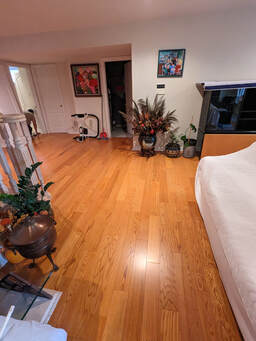
Understanding Engineered Hardwood Floors
| Engineered hardwood flooring is a marvel of modern flooring technology, combining the classic elegance of hardwood with enhanced durability and versatility. Unlike traditional solid hardwood, engineered hardwood consists of a top layer of real wood veneer supported by layers of plywood or fiberboard. This unique construction makes it less prone to warping and a perfect fit for Toronto’s diverse climate. It’s an ideal choice for those who adore the timeless appeal of hardwood but require the practicality of a more stable and versatile flooring option. Discover more about this innovative flooring solution in our comprehensive guide to engineered hardwood. |
Engineered Hardwood Flooring Trends in Toronto
| Toronto's design scene in 2024 is seeing a shift towards more personalized and eco-conscious choices in hardwood flooring. Engineered hardwood is leading this trend with its wide array of styles, finishes, and colors. One of the standout trends is the inclination towards wider planks that give a sense of openness and modernity to spaces, big or small. Another emerging trend is the preference for natural and organic finishes, which accentuate the wood’s inherent beauty and texture. These trends reflect a broader move towards sustainability and natural aesthetics in Toronto’s interior design landscape. For a deeper dive into the latest trends, explore our hardwood flooring trends article. |
The Cost Factor of Engineered Hardwood Floors in Toronto
| When considering engineered hardwood for your Toronto home, understanding the cost is crucial. The price can vary based on factors like the quality of the wood, the complexity of the installation process, and the specific requirements of your space. On average, engineered hardwood can be a cost-effective alternative to solid hardwood, offering a similar aesthetic at a more accessible price point. For those curious about the specific numbers, our detailed breakdown on hardwood flooring installation costs in Toronto offers a clear picture. Remember, investing in quality flooring not only enhances the value of your home but also ensures longevity and lasting beauty. |
Selecting The Right Engineered Hardwood Floors For Your Home
| Choosing the right engineered hardwood flooring involves more than just picking a color or style. It’s about finding the perfect match for your lifestyle and the character of your home. Consider factors like foot traffic, sunlight exposure, and the general use of each room. For high-traffic areas, opt for engineered hardwood with a thicker wear layer for added durability. When it comes to aesthetics, think about whether you want your floors to be a statement piece or to blend seamlessly with your existing decor. Our experts at Parqueteam can guide you through this selection process, ensuring that you find the best fit for your Toronto home. Learn more about making the right choice in our guide on choosing the best hardwood flooring. |
Installing Your New Floors: Lying The Foundations Right
| The installation of engineered hardwood flooring is a critical step that can impact its longevity and appearance. While some homeowners in Toronto opt for DIY installation, professional installation is recommended to ensure optimal results. This involves proper subfloor preparation, understanding moisture levels, and expertly laying each plank for a flawless finish. Better pay someone to do it right the first time, than overpaying someone to fix your mess! |
Maintenance and Care: Taking Care Of Your New Engineered Hardwood Floors
| Maintaining engineered hardwood flooring is simpler than you might think, and it's key to preserving its beauty over time. Regular sweeping and gentle mopping with a damp cloth are usually enough to keep the floors looking their best. Avoid using harsh chemicals or excessive water, which can damage the wood. For deeper cleans or to tackle tough stains, professional hardwood flooring sanding and refinishing services can restore your floors to their original glory. |
A Sustainable Choice
FAQ
A: The cost varies depending on factors like the quality, design, and installation complexities. For a detailed cost analysis tailored to Toronto's market, you can refer to our guide on hardwood flooring installation costs.
Q: What is the best hardwood flooring to put down in a Toronto home?
A: The "best" flooring depends on your personal needs and style preferences. Engineered hardwood is a versatile choice for its balance of durability and aesthetics.
Q: Are solid hardwood floors worth it compared to engineered hardwood?
A: Solid hardwood floors offer timeless beauty and can be a great investment. However, engineered hardwood provides similar aesthetics with added benefits like better moisture resistance and stability.
Q: What hardwood flooring is made in Canada, and is it a good option for Toronto homes?
A: Canada is known for its high-quality maple, oak, and birch hardwood flooring. These species are excellent choices for Toronto homes due to their durability and elegant appearance.
Q: What is considered the best wood floor in the world, and is it suitable for Toronto's climate?
A: The "best" wood floor can vary based on personal preferences and local climate. Exotic woods like Brazilian cherry or teak are often prized globally. However, for Toronto's climate, engineered hardwood options that resist humidity and temperature changes might be more suitable.
Hardwood Flooring Trends in Toronto for 2024
|
When it comes to home decor, few elements speak volumes like the understated elegance of hardwood flooring. In Toronto, a city that embraces both the warmth of tradition and the pulse of modernity, hardwood floors offer a canvas upon which homeowners paint their lives. At Parqueteam Hardwood Flooring, we've been transforming homes across the Greater Toronto Area with floors that echo the spirit of each household. As we edge closer to 2024, let's unfold the trends that are setting the stage for a new era of interior sophistication.
|
The Pulse of Toronto's Hardwood Flooring Trends
Another trend that's gaining ground is the integration of organic textures. The raw, natural beauty of the grain is being celebrated more than ever, with finishes that highlight rather than hide the wood's innate patterns. This move towards nature-centric design aligns with the city's love for green spaces and sustainability, reflecting the outdoors within the urban home.
The Timeless Appeal of Classic Hues
|
When it comes to color, the timeless hues of hardwood flooring continue to charm Toronto homeowners. The classic brown and honey tones are as popular as ever, offering a warm foundation that complements a wide range of decor schemes. These colors are the chameleons of the flooring world—equally at home in a sleek, modern condo as in a stately Victorian house.
Yet, as we look to the future, we're also seeing a subtle shift towards cooler tones. Greys and lighter, ashy colors are making their way into the Toronto market, bringing with them a fresh and contemporary vibe. These hues reflect the city's urban edge and its forward-thinking design sensibilities. Whether it's the rich patina of aged walnut or the soft wash of bleached oak, the color of hardwood flooring in Toronto is speaking in nuanced tones that promise to remain in vogue for years to come. This is just the beginning of our journey into the flooring trends of tomorrow. Stay tuned for more insights, and in the meantime, explore Parqueteam Hardwood Flooring's portfolio to see how we're paving the way for 2024's trends with today's installations. |
Today's Top Choices in Hardwood Flooring
In the realm of contemporary homes, however, another star is rising—engineered hardwood. This innovative option is capturing hearts with its stability and suitability for Toronto's varying climates. It stands up to the challenge of high-moisture areas, making it an excellent choice for installations across the home, from bustling kitchens to tranquil bedrooms.
2024's Forecast: Colors, Patterns, and Finishes
|
As we look ahead, 2024 is set to welcome an evolution in hardwood flooring colors, patterns, and finishes that mirror the city's dynamic spirit. The color palette is broadening, with whispers of charcoal and hints of off-white anticipated to trend alongside the classic browns. These contemporary tones offer a minimalist backdrop for a sleek, modern interior design.
Patterns in hardwood flooring are becoming a canvas for personal expression. The resurgence of parquet patterns, such as the intricate herringbone or the stately chevron, adds a layer of sophistication and visual interest to any room. These patterns are a nod to the past, reimagined for the future, and they're perfect for those looking to infuse their spaces with a touch of artistic flair. Finishes in 2024 are expected to range from ultra-matte to satin sheen, moving away from the high gloss of yesteryears. These finishes not only enhance the wood's natural beauty but also offer practical benefits, such as hiding scratches and scuffs, making them ideal for busy Toronto households. |
Engineered Hardwood Flooring: The Toronto Favorite
Engineered hardwood flooring is a testament to the innovation that Torontonians adore. It's an ideal choice for those seeking a sustainable option that doesn't sacrifice the opulence of traditional hardwood. Its ease of installation and variety of available finishes make it a go-to for both new builds and renovations. Not to mention, its compatibility with underfloor heating systems is a cozy addition for those cold Canadian winters.
In the heart of Toronto, where tradition meets transition, engineered hardwood flooring is laying the groundwork for a revolution in home design. It's not just a trend; it's the future of flooring in a city that's always on the move.
Practicality Meets Elegance
|
Toronto's homeowners are not just design enthusiasts but also pragmatists at heart. They seek flooring that withstands the test of time and the rigors of daily life. This pragmatism is steering the 2024 hardwood flooring trends towards options that offer both resilience and easy maintenance without sacrificing aesthetic appeal. The city's flooring preferences are leaning towards wider, longer planks with a strong finish, as they lend an uninterrupted, expansive feel to rooms and require less upkeep than their narrower counterparts.
Moreover, the practicality extends to the installation methods themselves. The shift towards glue-down engineered hardwood flooring reflects a desire for secure and stable floors that handle foot traffic and furniture with grace. This method has found a particular niche in commercial spaces and rental properties within the GTA, where longevity and durability are paramount. |
Sustainability: A Growing Trend
Parqueteam Hardwood Flooring is at the forefront of this green movement, offering a selection of responsibly sourced and renewable materials. From bamboo to reclaimed hardwood, these green choices are as durable as they are beautiful. They not only create a warm, inviting space but also contribute to a healthier planet. The trend is clear: Toronto's residents are choosing to walk on floors that help pave the way to a greener future.
Parqueteam Hardwood Flooring stands ready to guide you through these trends with expertise and care, ensuring that your home's foundation is as robust and stylish as the city itself. Whether you're renovating a cherished space or crafting a new one, we invite you to explore our services and join us at the forefront of flooring innovation.
References and Further Reading
- The Ultimate Guide to Hardwood Flooring in Toronto
- Decoding Timeless Colours in Hardwood Flooring
- Engineered vs. Solid Hardwood in Toronto
- Choosing the Best Hardwood Flooring for Your Toronto Home
- Discover the Benefits of Engineered Hardwood Flooring in Toronto
Embrace the future of flooring with the elegance of the past and the innovation of tomorrow. Let's step into 2024 with confidence and style, one plank at a time, with Parqueteam Hardwood Flooring.
FAQ Section
A: Consider your home's architecture, your personal style, and how the space is used. Look for trends that resonate with your aesthetic while offering practical benefits like durability and easy maintenance. Our experts at Parqueteam Hardwood Flooring can guide you through the selection process.
Q: Can hardwood flooring increase my home's value?
A: Absolutely. Hardwood flooring is a coveted feature for many homebuyers. It's known for its durability, ease of maintenance, and timeless appeal. Investing in quality hardwood flooring can significantly boost the value of your property.
Q: Is engineered hardwood flooring durable?
A: Yes, engineered hardwood is designed for longevity. It's constructed with a solid wood top layer supported by additional layers for stability, making it resistant to warping and moisture—ideal for Toronto's climate.
Q: Are there eco-friendly hardwood flooring options available in Toronto?
A: Parqueteam Hardwood Flooring offers a range of eco-friendly options. From sustainably sourced hardwoods to reclaimed wood and bamboo, there are numerous choices for those looking to make an environmentally conscious decision for their flooring.
Q: How do I maintain my hardwood floors to keep them looking new?
A: Regular sweeping or vacuuming to remove dirt and grit, immediate cleaning of spills, and periodic professional hardwood floor cleaning will keep your floors in top condition. Avoid using harsh chemicals and excessive water, which can damage the wood.
Q: Can I install hardwood flooring over radiant heating?
A: Engineered hardwood flooring is often compatible with radiant heating systems due to its dimensional stability. It's important to consult with our specialists to ensure you choose the right product for your underfloor heating setup.
Q: What is the trend in hardwood flooring in 2024?
A: The trend for 2024 is steering towards the natural beauty of hardwood with a practical edge. We're seeing a rise in preferences for wide plank and engineered hardwoods, as well as eco-friendly materials that cater to both aesthetic desires and functional needs of modern living.
Q: What is a timeless color for hardwood floors? A: Timeless colors for hardwood floors are all about the enduring appeal of natural wood tones. The spectrum ranges from the deep, sophisticated walnut to the bright and welcoming blonde oak. These hues have stood the test of time and continue to be favored in Toronto homes for their versatility and lasting appeal.
Q: What is the most popular hardwood flooring today? A: Engineered hardwood currently wears the popularity crown due to its exceptional versatility and adaptability. It's well-suited for Toronto's diverse climate and a variety of interior designs, making it a top choice for homeowners looking for both style and substance in their flooring.
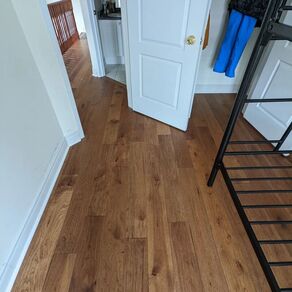
The Allure of Hardwood Flooring
| There's something undeniably captivating about hardwood floors. Whether it's the rich, natural tones or the intricate grain patterns, hardwood flooring has a way of making a room feel both luxurious and inviting. Here are some reasons why homeowners often gravitate towards this classic choice:
|
Common Disadvantages of Hardwood Flooring and How to Overcome Them
The Issue: Hardwood floors are prone to scratches and dents, especially in high-traffic areas or homes with pets.
The Solution: Opt for hardwoods with a high Janka hardness rating like Hickory or Maple. Additionally, you can apply a durable finish for added protection. Regularly sweeping and using furniture pads can also minimize damage.
2. Sensitive to Moisture
The Issue: Hardwood floors can warp or swell when exposed to moisture, making them less suitable for bathrooms or basements.
The Solution: Consider engineered hardwood flooring, which offers better moisture resistance. Also, maintaining a stable indoor humidity level can prevent warping.
3. High Cost
The Issue: Quality hardwood flooring can be expensive, both in terms of material and installation.
The Solution: Look for promotions or discounts from reputable suppliers. Alternatively, you can opt for less expensive types of hardwood like Oak or Ash without compromising too much on quality.
4. Fading Over Time
The Issue: Prolonged exposure to sunlight can cause hardwood floors to fade over time.
The Solution: Use window treatments like blinds or curtains to limit sun exposure. You can also refinish the floors every few years to restore their original luster.
5. Maintenance
The Issue: Hardwood floors require regular maintenance like sweeping, mopping, and occasional refinishing.
The Solution: Incorporate a low-maintenance finish and establish a regular cleaning routine. For deeper cleans, consider professional hardwood flooring sanding and refinishing.
6. Limited Style Options
The Issue: Unlike tiles or carpets, hardwood floors offer limited patterns and designs.
The Solution: Hardwood floors can be customized with inlays, mixed plank sizes, or different installation patterns like herringbone. For more design inspiration, check out our portfolio.
| While hardwood flooring comes with its own set of challenges, the benefits far outweigh the disadvantages. With the right knowledge and a little effort, you can easily overcome these drawbacks to enjoy the timeless beauty and durability that only hardwood floors can offer. Ready to make an informed decision about your flooring? Contact us at Parqueteam Hardwood Flooring for a consultation. Our experts can guide you through the selection process and help you find the perfect flooring solution for your home. |
Frequently Asked Questions About Hardwood Flooring Disadvantages
- Is hardwood flooring worth the investment?
- Absolutely, especially when you consider its durability and the value it adds to your home. Check out our blog post on which hardwood is best for flooring in Toronto for more insights.
- How do I maintain my hardwood floors?
- Regular sweeping and occasional mopping with a damp cloth are generally sufficient. For more detailed information, read our comprehensive guide on hardwood flooring maintenance.
- What are the alternatives to hardwood flooring?
- Laminate and luxury vinyl plank flooring are popular alternatives. Learn the pros and cons in our blog post comparing hardwood and laminate flooring.
- Can hardwood floors be installed in basements or bathrooms?
- While not ideal due to moisture concerns, engineered hardwood can be a viable option for such areas. Read our post on engineered vs. solid hardwood for more details.
- How much does it cost to install hardwood floors?
- Costs can vary based on the type of wood, installation method, and additional services like removal of old flooring. For a detailed breakdown, visit our hardwood flooring installation page.
How Much Does It Cost to Install Hardwood Floors in Toronto?
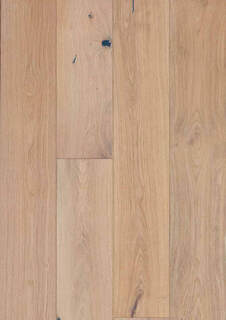
Factors Affecting the Cost
- Material Costs: The type of hardwood you choose can significantly impact the overall cost. From solid hardwood to engineered hardwood, the options are plentiful but come with varying price tags. Exotic woods like Brazilian Cherry can be more expensive than your standard Oak or Maple.
- Labour Costs: The complexity of the installation process can also affect labor costs. For instance, installing hardwood on an angle, or any special pattern would be much harder than installing it in a straight regular install, and this can lead to increase in labor costs.
- Subfloor Preparation: Don't underestimate the cost of preparing your subfloor. Whether it's concrete or plywood, the subfloor needs to be clean, dry, and level for the hardwood to be installed correctly. Sometimes, this might involve additional costs for materials and labor.
- Additional Costs: Finishes like moldings/baseboards, transitions and underlayments, or special adhesives, are several additional costs that can sneak up on you. It's essential to factor these into your budget to avoid any unpleasant surprises.
|
Cost Breakdown by Type of Hardwood
- Solid Hardwood Flooring: is often considered the gold standard in flooring, offering durability and a timeless look. However, it's also on the higher end of the cost spectrum. For more details on solid hardwood options, you can read our solid hardwood flooring page.
- Engineered Hardwood Flooring: Offers a more budget-friendly alternative without sacrificing too much in terms of aesthetics and durability. The cost can vary based on the quality of the top veneer. For an in-depth look at engineered hardwood, check out our engineered hardwood flooring page.
Cost Comparison: DIY vs. Professional Installation
On the other hand, Hiring professionals may seem more expensive initially, but their expertise can save you from costly mistakes in the long run. Plus, the job will likely be completed much faster.
|
FAQ
The average cost can range from $6 to $12 per square foot, depending on the type of hardwood and other factors.
2. Is it cheaper to install hardwood flooring myself?
While DIY can save on labor costs, it's essential to consider the complexity of the job and the tools required. For more on DIY vs. professional installation, read here.
3. What are some hidden costs I should be aware of?
Additional costs can include the removal of old flooring and moving furniture. Always ask for a detailed quote to avoid surprises.
4. Does the type of hardwood significantly affect the cost?
Yes, exotic woods and high-end options will be more expensive than standard choices. For a breakdown by type, visit this page.
5. How can I get the most value for my money when installing hardwood floors?
To maximize your investment, consider the long-term benefits of the type of hardwood you choose, as well as the potential resale value it could add to your home. Always get multiple quotes and ask for detailed breakdowns to make an informed decision.
Is Hardwood Flooring Really Better Than Laminate Flooring? Unveiling the Facts
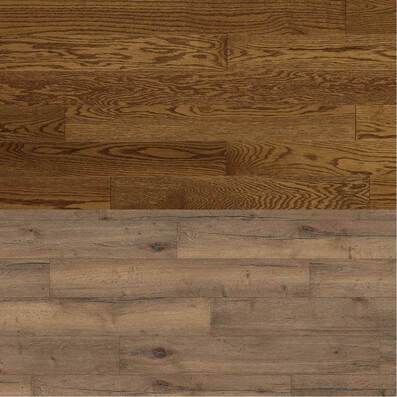 hardwood flooring and laminate flooring samples side by side
hardwood flooring and laminate flooring samples side by side Contact us if you're looking for personalized advice on flooring options.
The Basics: Hardwood vs. Laminate
Hardwood is a natural material made from a single piece of wood, often sourced from trees like oak, maple, or cherry. It's renowned for its durability and can be refinished multiple times to extend its lifespan.
Laminate Flooring
Laminate, on the other hand, is a synthetic material made from multiple layers. While it mimics the appearance of wood, it doesn't offer the same level of durability. However, it is often more affordable and easier to install.
Durability and Longevity
| When investing in new flooring, durability is often a top concern. Hardwood Floors: Built to Last Hardwood floors are known for their long-lasting nature. With proper care, they can last for decades and are less susceptible to wear and tear. Learn more about how to extend the lifespan of your hardwood floors. Laminate Floors: A Practical Choice Laminate floors may not last as long as hardwood, but they are generally easier to maintain. If you're looking for a short-term flooring solution, laminate might be the way to go. |
Aesthetic Appeal
| The visual impact of your flooring can significantly influence the overall ambiance of your home. Both hardwood and laminate offer a range of styles, but they differ in key ways that can affect your home's aesthetic appeal. Hardwood Flooring: Natural Elegance Hardwood flooring is renowned for its natural beauty, offering a range of colors, grains, and finishes. Its timeless appeal can even enhance the resale value of your home. Laminate Flooring: Design Versatility Laminate flooring has evolved to offer a wide variety of designs that mimic the look of wood. While it may not have the authentic feel of hardwood, it offers versatility in design that can suit various home styles. |
Cost Comparison
| Budget is often a decisive factor when choosing flooring. Here's how hardwood and laminate stack up in terms of cost. Hardwood Flooring: A Long-Term Investment For Your Toronto Home While hardwood flooring comes with a higher initial cost, it can be a wise long-term investment due to its durability and potential to increase your home's value. Laminate Floors: Budget-Friendly Yet Stylish Laminate is generally more affordable, both in terms of material and installation. If you're on a budget but still want a stylish look, laminate flooring can be an excellent choice. |
Maintenance and Care
Hardwood Floors: Regular Upkeep for Longevity
Hardwood floors require consistent care, including periodic sanding and refinishing. However, the effort is often worth it, as proper maintenance can extend the life of your hardwood floors.
Laminate Flooring: Easy and Effortless
Laminate flooring is generally easier to maintain, requiring just regular sweeping and occasional mopping. If you're looking for a low-maintenance option, laminate could be your go-to choice.
Environmental Impact
Hardwood Flooring: Renewable but Resource-Intensive
Hardwood is a natural, renewable material but requires significant resources for processing. If sustainability is a priority, consider engineered hardwood as a more eco-friendly option.
Laminate Flooring: Lower Impact, Less Sustainability
Laminate flooring is less resource-intensive to produce but is not biodegradable. If you're concerned about environmental impact, it's important to weigh these factors when choosing between hardwood and laminate.
FAQ
Yes, hardwood flooring is generally more expensive both in terms of material and installation. However, it can be a wise long-term investment.
Can Laminate Flooring Look Like Real Wood?
Modern laminate flooring has improved significantly and can closely mimic the look of real wood.
Which Is Easier to Maintain: Hardwood or Laminate?
Laminate is generally easier to maintain and is a good option if you're looking for a low-maintenance flooring solution.
Is Hardwood Flooring Eco-Friendly?
Hardwood is a natural, renewable resource, but it can be resource-intensive to produce. Engineered hardwood is often considered a more eco-friendly option.
Can I Refinish Hardwood Floors?
Yes, one of the advantages of hardwood flooring is that it can be sanded and refinished multiple times, extending its lifespan.
Which Hardwood is Best for Flooring in Toronto? A Complete Guide
Why Hardwood Flooring Is Popular In Toronto?
| In a city that experiences the full spectrum of weather, from icy winters to humid summers, you might wonder why hardwood flooring is such a popular choice in Toronto. The answer lies in a blend of tradition, aesthetics, and long-term investment. Tradition and Culture: Hardwood flooring has been a staple in Toronto homes for generations. Its timeless appeal transcends fleeting design trends, making it a go-to choice for homeowners seeking both style and longevity. Aesthetics: The natural beauty of hardwood adds a layer of sophistication and warmth to any space. Its versatility allows it to complement a wide range of interior design styles, from modern minimalism to classic elegance. Long-Term Investment: While the initial cost may be higher than other flooring options, hardwood offers an excellent return on investment. Its durability means less frequent replacements, and its classic look can actually increase your home's resale value. Discover why hardwood is more than just a flooring option; it's a wise investment for your Toronto home. |
Types of Hardwood Used in Flooring
| When it comes to hardwood flooring, one size doesn't fit all—especially not in a city as diverse as Toronto. From the bustling downtown condos to the sprawling suburban homes, each space demands a unique type of hardwood. Let's delve into the most popular options: oak, maple, and cherry. Oak: The Timeless Classic Oak has long been a favorite for its durability and distinct grain patterns. It's an excellent choice for high-traffic areas and offers a wide range of stain options. Maple: The Modern Marvel Maple offers a cleaner, more consistent grain than oak, making it a popular choice for modern interiors. However, it's slightly softer than oak, so consider this if you have pets or heavy furniture. Cherry: The Luxurious Choice Cherry wood is known for its rich, deep color that darkens beautifully with age. While it's softer than both oak and maple, its luxurious look makes it a popular choice for formal spaces. Learn how to choose the right type of hardwood that aligns with your lifestyle and aesthetic preferences. |
Climate Considerations for Hardwood Flooring in Toronto
| Toronto's climate is as diverse as its population, and it plays a significant role in the type of hardwood flooring you should choose. From humid summers to icy winters, let's explore how the climate impacts your hardwood flooring options. Seasonal Expansion and Contraction Wood naturally expands in humid conditions and contracts in dry ones. Understanding this can help you choose a hardwood type that minimizes these effects, ensuring your floor's longevity. Moisture Resistance Some hardwoods are more resistant to moisture than others. If your home is prone to dampness, consider options like engineered hardwood that offer better moisture resistance. Temperature Fluctuations Toronto experiences a wide range of temperatures. Some hardwoods, like oak, are better suited to handle these fluctuations without showing signs of wear and tear. Find out how to protect your hardwood floors from Toronto's ever-changing climate. |
Cost Implications: What to Expect
| Choosing hardwood flooring is an investment, and like any investment, it's crucial to understand the costs involved. From the type of wood to installation and maintenance, several factors can influence the final price tag. Initial Costs The type of hardwood you choose will significantly impact the initial cost. Exotic woods like cherry can be more expensive, while local options like oak and maple are generally more budget-friendly. Installation Costs Installation costs can vary based on the complexity of the project. For instance, installing hardwood in an angle versus typical straight install can have a decent price difference, as angle installations are more expensive than straight installations. Maintenance and Longevity While hardwood floors may require an initial investment, their durability can make them cost-effective in the long run. Regular maintenance like sanding and refinishing can extend your floor's lifespan, offering excellent value for money. Check out our portfolio for some real-world cost examples and tips on budgeting. |
How to Choose the Best Hardwood for Your Home
| Selecting the perfect hardwood flooring isn't just about aesthetics; it's about aligning your choice with your lifestyle, the function of the room, and even your pets. Here's how to make an informed decision: Lifestyle Considerations Do you have young children or pets? Some hardwoods are more scratch-resistant and easier to clean, making them more suitable for active households. Room Function The function of the room can dictate your hardwood choice. For instance, moisture-resistant options are better for kitchens and bathrooms, while a luxurious cherry might be perfect for a formal living room. Aesthetic Preferences Your personal style plays a significant role in your choice. Whether you prefer the rustic charm of oak or the modern elegance of maple, there's a hardwood option that will complement your interior design. Our ultimate guide can help you make an informed decision based on various factors. |

Ready to make your choice? Contact us today for a personalized consultation and quote.
FAQQ: Is hardwood flooring suitable for Toronto's climate? A: Yes, hardwood flooring is a popular choice in Toronto due to its durability and ability to withstand the city's diverse climate conditions. However, it's essential to choose the right type of wood and take preventive measures like regular maintenance. Q: What are the most popular types of hardwood in Toronto? A: Oak, maple, and cherry are among the most popular choices due to their durability, aesthetic appeal, and versatility. Q: How much does hardwood flooring cost in Toronto? A: The cost can vary widely depending on the type of wood, the area to be covered, and installation charges. It's best to get a personalized quote for the most accurate estimate. Q: Can I install hardwood flooring myself? A: While it's possible to install hardwood flooring yourself, it's recommended to hire professionals for a flawless finish and to ensure the longevity of your investment. Q: How do I maintain my hardwood floors? A: Regular cleaning, occasional sanding and refinishing, and using protective pads under furniture are some of the ways to maintain your hardwood floors. |
Engineered Hardwood Flooring: A Comprehensive Guide for Toronto Homeowners
| When it comes to flooring options, engineered hardwood flooring is a popular choice among homeowners in Toronto. This type of flooring combines the beauty of real wood with the practical benefits of man-made materials. In this article, we'll delve into the world of engineered hardwood flooring, exploring its benefits, installation methods, and how it compares to other flooring options. |
What is Engineered Hardwood Flooring?
Understanding the Structure of Engineered Hardwood Flooring
The thickness of the top veneer layer can vary, but it's typically between 0.6mm and 6mm. The thickness of this layer can impact the lifespan of your engineered hardwood floor, as thicker veneers can be sanded and refinished more times than thinner ones. At Parqueteam Hardwood Flooring, we offer a variety of engineered hardwood flooring options with different veneer thicknesses to suit your needs.
Benefits of Engineered Hardwood Flooring
- Durability: Engineered hardwood floors are known for their durability. The multi-layer construction provides stability and resistance to changes in temperature and humidity, making it an excellent choice for areas with variable climates like Toronto.
- Versatility: Engineered hardwood flooring can be installed in any room of your home, including basements and over radiant heating systems, where solid hardwood flooring is not typically recommended.
- Variety: Engineered hardwood floors come in a wide range of styles, finishes, and types of surfaces, allowing you to choose the perfect look for your home.
- Easy Installation: Engineered hardwood flooring is easier to install than solid hardwood flooring, making it a cost-effective choice. You can choose to float, glue, or staple the flooring depending on your preference and the specific requirements of your home.
Engineered Hardwood Flooring vs. Other Flooring Options
Engineered hardwood flooring tends to be more expensive than laminate or vinyl flooring. However, it's a long-term investment that can add value to your home. Unlike laminate or vinyl, engineered hardwood can be refinished if it becomes worn or damaged, extending its lifespan and making it a cost-effective choice in the long run.
In terms of appearance, engineered hardwood flooring offers the beauty and warmth of real wood, which can enhance the aesthetic appeal of your home. While laminate and vinyl flooring can mimic the look of wood, they cannotmatch the depth and richness of real wood that engineered hardwood flooring provides.
When it comes to durability, engineered hardwood flooring holds up well against daily wear and tear. While it can scratch, the ability to refinish the surface means it can look like new for many years. On the other hand, laminate and vinyl flooring can be more resistant to scratches but once damaged, they cannot be refinished and must be replaced.
Engineered Hardwood Flooring vs. Laminate Flooring
| When comparing engineered hardwood flooring to laminate flooring, there are several factors to consider. While both options can mimic the look of real wood, they differ in terms of construction, durability, and cost. Engineered hardwood flooring is made up of a real hardwood veneer attached to a core of multiple layers of wood, giving it the look and feel of real wood. On the other hand, laminate flooring is made up of a photographic image of wood attached to a core of high-density fiberboard (HDF), making it look like wood but without the feel of real wood. In terms of durability, both engineered hardwood and laminate flooring are resistant to wear and tear. However, engineered hardwood has the advantage of being able to be sanded and refinished if it becomes worn or damaged, extending its lifespan. Laminate flooring, while resistant to scratches and stains, cannot be refinished and must be replaced if it becomes damaged. In terms of cost, laminate flooring is generally less expensive than engineered hardwood flooring. However, the long-term value of engineered hardwood, including its ability to add value to your home and its longer lifespan, can make it a more cost-effective choice in the long run. At Parqueteam Hardwood Flooring, we offer both engineered hardwood and laminate flooring options, allowing you to choose the best flooring solution for your home. |
Installation of Engineered Hardwood Flooring
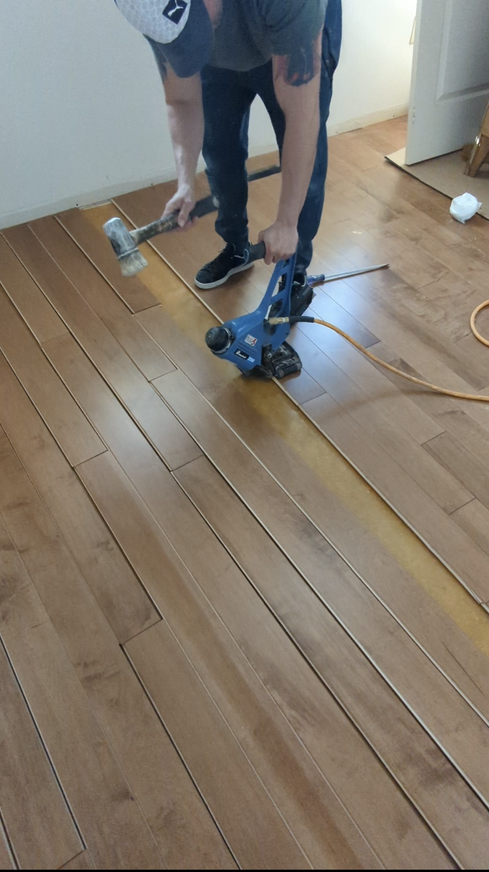 a professional installer meticulously laying down engineered hardwood planks, demonstrating the precision and expertise involved in the installation process.
a professional installer meticulously laying down engineered hardwood planks, demonstrating the precision and expertise involved in the installation process. There are several methods to install engineered hardwood flooring, including floating, gluing, or stapling. The choice of installation method depends on various factors such as the type of subfloor, the specific engineered hardwood product, and the conditions of your home.
A floating installation is a method where the engineered hardwood planks are not attached to the subfloor but are instead attached to each other. This method is relatively quick and easy, making it a popular choice for DIY enthusiasts.
The two options for floating install of engineered hardwood floors are: Click system and tongue and groove floating install.
Gluing is another method where the engineered hardwood planks are adhered directly to the subfloor with a strong adhesive. This method provides a solid feel underfoot and can help with sound reduction.
Nail-Down is a method where the engineered hardwood planks are attached to the subfloor using a special nailer and cleats to nail down the engineered hardwood floor.. This method is typically used when the subfloor is made of wood.
Regardless of the installation method, it's crucial to ensure that the subfloor is clean, dry, and level before installation begins. This will help to ensure a smooth and successful installation process.
The Cost of Installing Engineered Hardwood Floors
At Parqueteam Hardwood Flooring, we strive to provide high-quality engineered hardwood flooring at competitive prices. We also offer professional installation services, ensuring that your new floors are installed correctly and efficiently.
Glue or Float: Which Installation Method is Better?
Floating is a method where the engineered hardwood planks are not attached to the subfloor but are instead attached to each other. This method is relatively quick and easy, making it a popular choice for DIY enthusiasts. However, floating floors may not feel as solid underfoot compared to floors that are glued or nailed down.
Gluing, on the other hand, involves adhering the engineered hardwood planks directly to the subfloor with a strong adhesive. This method provides a solid feel underfoot and can help with sound reduction. However, it's more labor-intensive and requires a clean, dry, and level subfloor.
At Parqueteam Hardwood Flooring, our team of experienced hardwood flooring installers can guide you in choosing the best installation method for your engineered hardwood floors.
The Easiest Engineered Hardwood Flooring to Install
However, for the best results, it's recommended to have your engineered hardwood floors installed by a professional. At Parqueteam Hardwood Flooring, our team of experienced hardwood flooring installers can ensure a smooth and efficient installation process, providing you with beautifully installed floors that will last for years.
Engineered Hardwood Flooring and Underlay
The answer is yes, but only for engineered hardwood floors that are installed via the floating installation method. In this case, underlay is typically recommended to put under the installed engineered hardwood flooring. The underlay serves several purposes:
- Moisture Barrier: The underlay can act as a moisture barrier, protecting the engineered hardwood flooring from moisture coming up from the subfloor.
- Sound Reduction: The underlay can help reduce the sound of footsteps and other noises.
- Comfort: The underlay can provide a softer feel underfoot, enhancing the comfort of your engineered hardwood floors.
For engineered hardwood floors that installed via the nail down installtion method, an underlay is not needed.
At Parqueteam Hardwood Flooring, we can advise you on the best type of underlay for your engineered hardwood floors, ensuring optimal performance and longevity.
The Lifespan of Engineered Hardwood Floors
| One of the most frequently asked questions about engineered hardwood flooring is about its lifespan. How long do engineered hardwood floors last? The answer depends on several factors, including the quality of the product, the thickness of the top veneer layer, and how well the floors are maintained. On average, engineered hardwood floors can last between 20 to 30 years. However, high-quality engineered hardwood floors with a thick top veneer layer can last even longer, especially if they are well maintained. Regular cleaning, avoiding excessive moisture, and refinishing the floors when necessary can significantly extend the lifespan of your engineered hardwood floors. At Parqueteam Hardwood Flooring, we offer high-quality engineered hardwood flooring that is designed to last. We also provide hardwood flooring restoration and refinishing services, helping to keep your floors looking their best for years to come. |
Do Engineered Wood Floors Scratch Easily?
To prevent scratches, it's important to keep your floors clean and free of dirt and grit, which can cause scratches. Using furniture pads, maintaining a suitable indoor humidity level, and avoiding walking on the floors with high heels or sports shoes can also help prevent scratches.
If your engineered hardwood floors do get scratched, they can be sanded and refinished to restore their appearance. However, the number of times the floors can be refinished depends on the thickness of the top veneer layer.
For Conclusion...
We hope this comprehensive guide has provided you with valuable insights into engineered hardwood flooring. For more information on this and other flooring topics, be sure to check out our blog, where we regularly post articles to help you make informed decisions about your flooring needs.
At Parqueteam Hardwood Flooring, we're committed to providing high-quality flooring solutions to homeowners in Toronto and the Greater Toronto Area. From hardwood flooring installation to hardwood flooring restoration and refinishing, we've got you covered. Contact us today to learn more about our services and how we can help you achieve the perfect floors for your home.
Thank you for joining us on this journey into the world of engineered hardwood flooring. We look forward to serving you and helping you create the perfect floors for your home.
FAQ
Engineered hardwood flooring is a type of flooring that is made up of a real hardwood veneer attached to a core constructed from multiple layers of wood, all laid in different directions. This construction method makes engineered hardwood more stable than traditional solid hardwood.
Q2: How long do engineered hardwood floors last?
On average, engineered hardwood floors can last between 20 to 30 years. However, high-quality engineered hardwood floors with a thick top veneer layer can last even longer, especially if they are well maintained.
Q3: Do engineered wood floors scratch easily?
Like all types of hardwood flooring, engineered hardwood floors can scratch. However, the degree to which they scratch depends on several factors, including the hardness of the wood species used in the top veneer layer, the finish applied to the floors, and how the floors are used and maintained.
Q4: Is it better to glue or float an engineered wood floor?
The answer depends on several factors, including the type of engineered hardwood product, the conditions of your home, and your personal preferences. Floating is a method where the engineered hardwood planks are not attached to the subfloor but are instead attached to each other. Gluing involves adhering the engineered hardwood planks directly to the subfloor with a strong adhesive.
Q5: Does engineered wood flooring need underlay?
Yes, an underlay is typically recommended for engineered hardwood flooring. The underlay serves several purposes, including acting as a moisture barrier, helping with sound reduction, and providing a softer feel underfoot.
Q6: How much does it cost to install engineered hardwood floors?
The cost of installing engineered hardwood floors can vary depending on several factors, including the type of engineered hardwood product, the size of the area to be covered, and the complexity of the installation. On average, you can expect to pay between $3 and $10 per square foot for materials, and between $2 and $8 per square foot for installation.
Q7: Which is better, engineered hardwood or laminate?
Both engineered hardwood and laminate flooring have their own advantages. Engineered hardwood offers the beauty and warmth of real wood, can be refinished if it becomes worn or damaged, and can add value to your home. Laminate flooring, while resistant to scratches and stains, is generally less expensive and can mimic the look of wood. However, it cannot be refinished and must be replaced if it becomes damaged.
Q8: What is the easiest engineered flooring to install?
Engineered hardwood floors with a click-lock system are generally the easiest to install, as they can be floated without the need for nails or glue. However, for the best results, it's recommended to have your engineered hardwood floors installed by a professional.
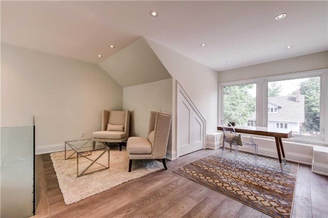
Before installing your new hardwood floors there are few things to keep in mind that will needed to be done before even starting to put the first nail in the first board.
- Furniture: If you have a lot of furniture at the install place, it is recommended to move them away as much as possible. If there are free areas, such as tiled areas, customers can easy keep their furniture there.
- Time required for project finish: Surprises happen, and no one likes them. So better be prepared just in case. Always ask installer for how long it would take, but always assume that unexpected delays can happen, so be prepared.
- Type of wood and color: once the floor is installed, there is no way back! Better take your time and think carefully about the type of wood you would like and the color that suits your needs.
- Temperature: Humidity and wood don’t like each other. Make sure the temperature at the project is good for wood floor laying! Read manufacture requirements!
That is it; we are ready now to install brand new hardwood flooring! Good luck!
Parqueteam Hardwood Flooring
Hardwood Flooring Toronto and The Greater Toronto Area.
Archives
December 2023
November 2023
October 2023
September 2023
August 2023
June 2023
May 2023
April 2023
July 2018
February 2018
January 2018
December 2017
March 2017
February 2017
January 2017
November 2016
October 2016
May 2016
March 2016
February 2016
January 2016
December 2015
November 2015
October 2015
September 2015
August 2015
July 2015
June 2015
May 2015
April 2015
March 2015
February 2015
January 2015
December 2014
June 2014
May 2014
April 2014
March 2014
Categories
All
Affordable Flooring
Art Flooring
Canada
Canadian
Clean Hardwood Floors
Cleaning Hardwood Floors
Commercial Hardwood Flooring
Condos
Construction
Construction Materials
Consturction
Contractors
Cost And Budgeting
Dark Hardwood Flooring
Design
DIY
Durable Hardwood Floors
Engineered Hardwood
Engineered Hardwood Flooring
Engineered Hardwood Flooring Toronto
Engineered Hardwood Floors
Engineered Wood Floors
European Hardwood Flooring
Floating Hardwood Flooring
Flooring
Flooring Baseboards
Flooring Baseboards Installation
Flooring Benefits
Flooring Comparison
Flooring FAQs
Flooring Guide
Flooring Innovation
Flooring Installation
Flooring Maintenance
Flooring Options
Flooring Refinishing
Flooring Solutions
Flooring Styles And Patterns
Flooring Tips
Flooring Tips And Guides
Flooring Trends
Floors
Glue Down Hardwood Floors
Hardwood
Hardwood Floor
Hardwood Flooring
Hardwood Flooring Contractor
Hardwood Flooring Contractors
Hardwood Flooring Contractors In Toronto
Hardwood Flooring Contractors Toronto
Hardwood Flooring Finishes
Hardwood Flooring Installation
Hardwood Flooring Installation Cost
Hardwood Flooring Installation In Markham
Hardwood Flooring Installation In Toronto
Hardwood Flooring Installation Toronto
Hardwood Flooring Installers In Toronto
Hardwood Flooring In Toronto
Hardwood Flooring Markham
Hardwood Flooring Refinishing
Hardwood Flooring Repairs
Hardwood Flooring Sanding And Refinishing
Hardwood Flooring Toronto
Hardwood Flooring Trends
Hardwood Floors
Hardwood Floors Toronto
Hardwood Stairs
Hickory Flooring
Home Decor
Home Decor Tips
Home Design
Home Improvement
Home Imrovement
Home Investment
Home Renovation
Home Renovations
Homes
Home Solutions
House
Installation
Interior Design
Interiors
Kitchen Remodeling
Laminate
Laminate Flooring
Laminate Flooring Installation
Laminate Flooring Installation Toronto
Laminate Flooring Installers
Laminate Flooring Toronto
Laminate Floors
Maple Flooring
Modern Home Improvement
Oak Flooring
Parqueteam
Parqueteam Hardwood Flooring
Real Estate
Real Estate Value Enhancement
Refinishing
Solid Vs Engineered Flooring
Solid Wood Flooring
Staining Hardwood Floors
Sustainable Flooring
Tips
Toronto
Toronto Climate
Toronto Flooring
Toronto Flooring Services
Toronto Hardwood Flooring
Toronto Home Improvement
Toronto Homeowners
Toronto Homeowners Guide
Toronto Home Renovation
Toronto Home Style
Toronto Living
Toronto Real Estate
Wood
Wooden Floors
Wood Flooring
Wood Flooring Installation
Wood Flooring Installation In Toronto
Wood Flooring Toronto
Wood Floors
Wood Stairs Installation Toronto
Wood Stairs Toronto



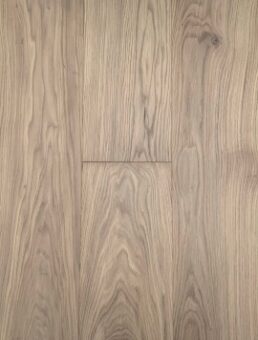
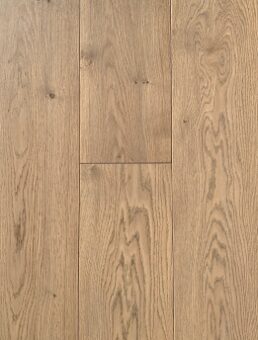
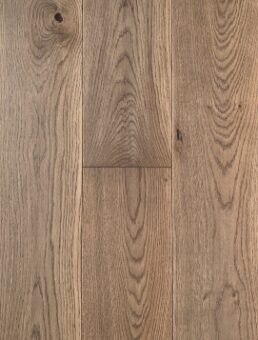
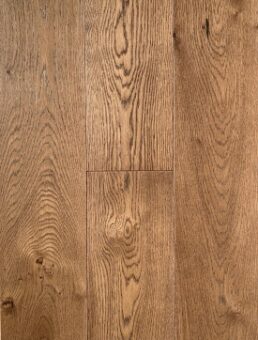
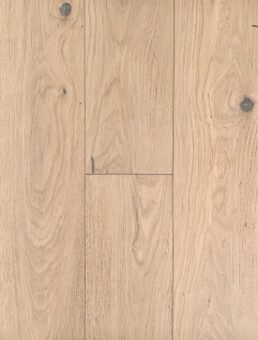
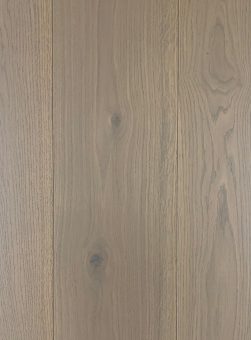
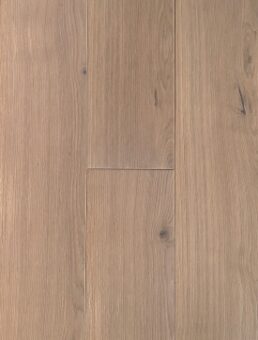
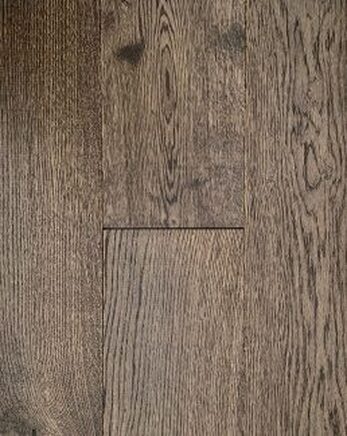
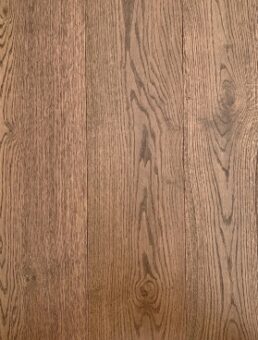
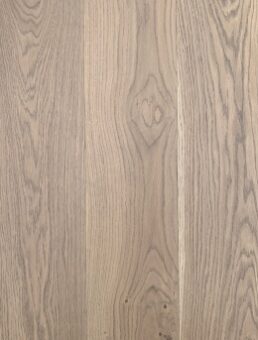
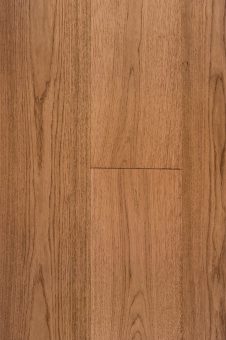
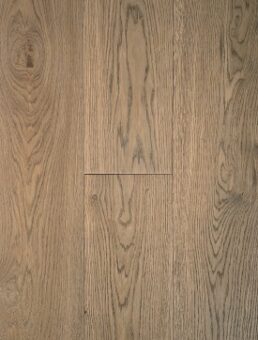
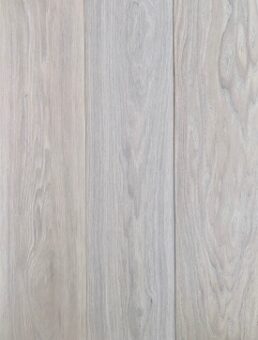
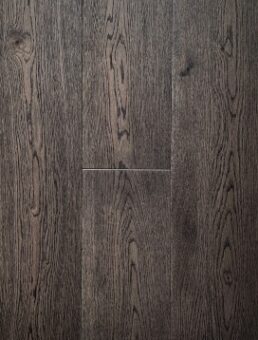

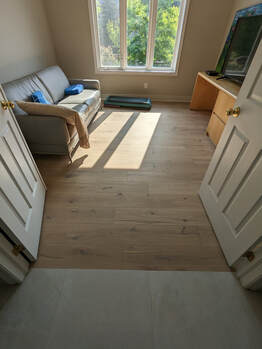
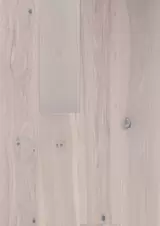
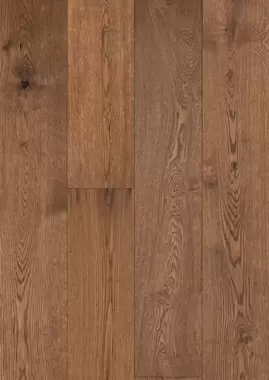
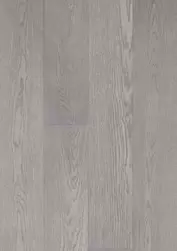
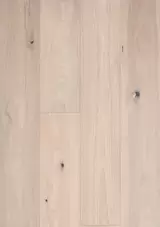
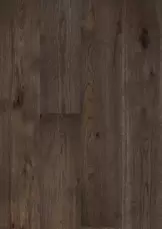
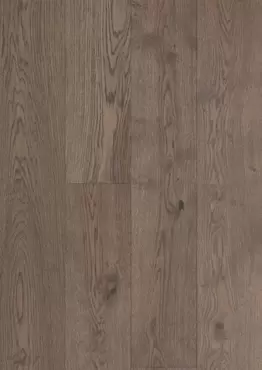
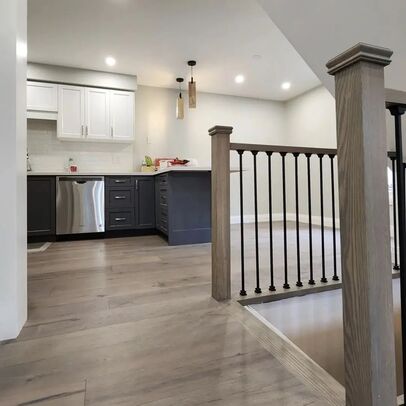
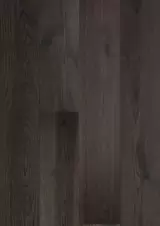
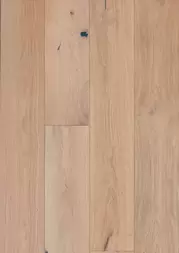
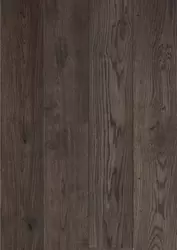

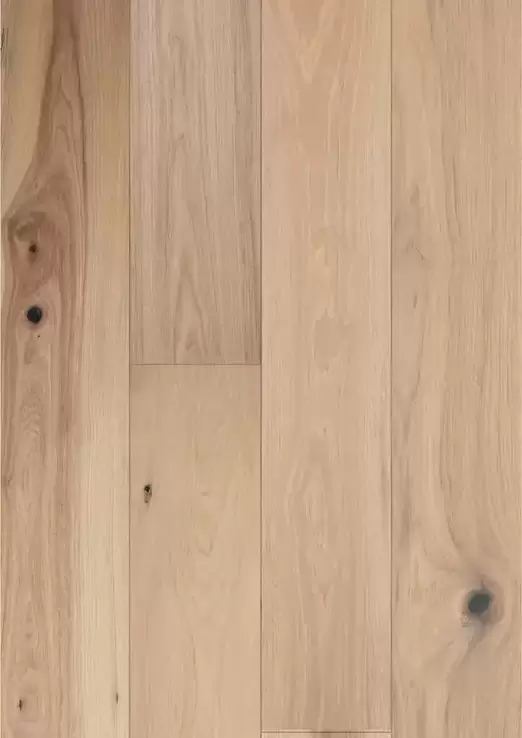
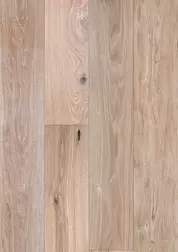
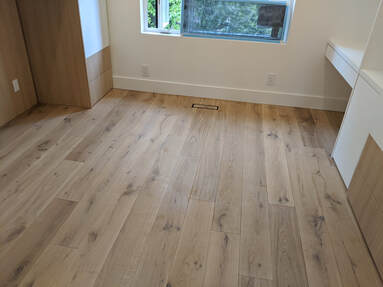

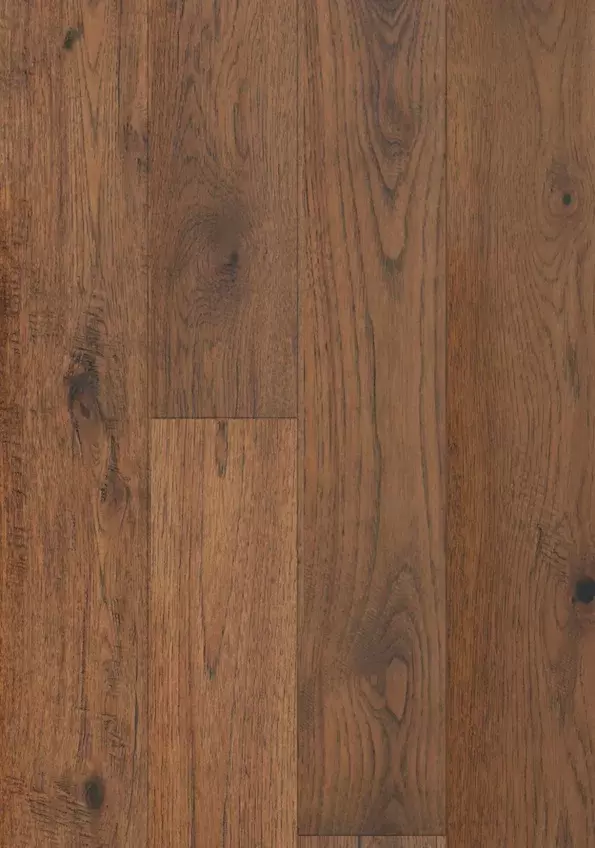

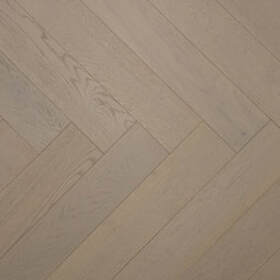
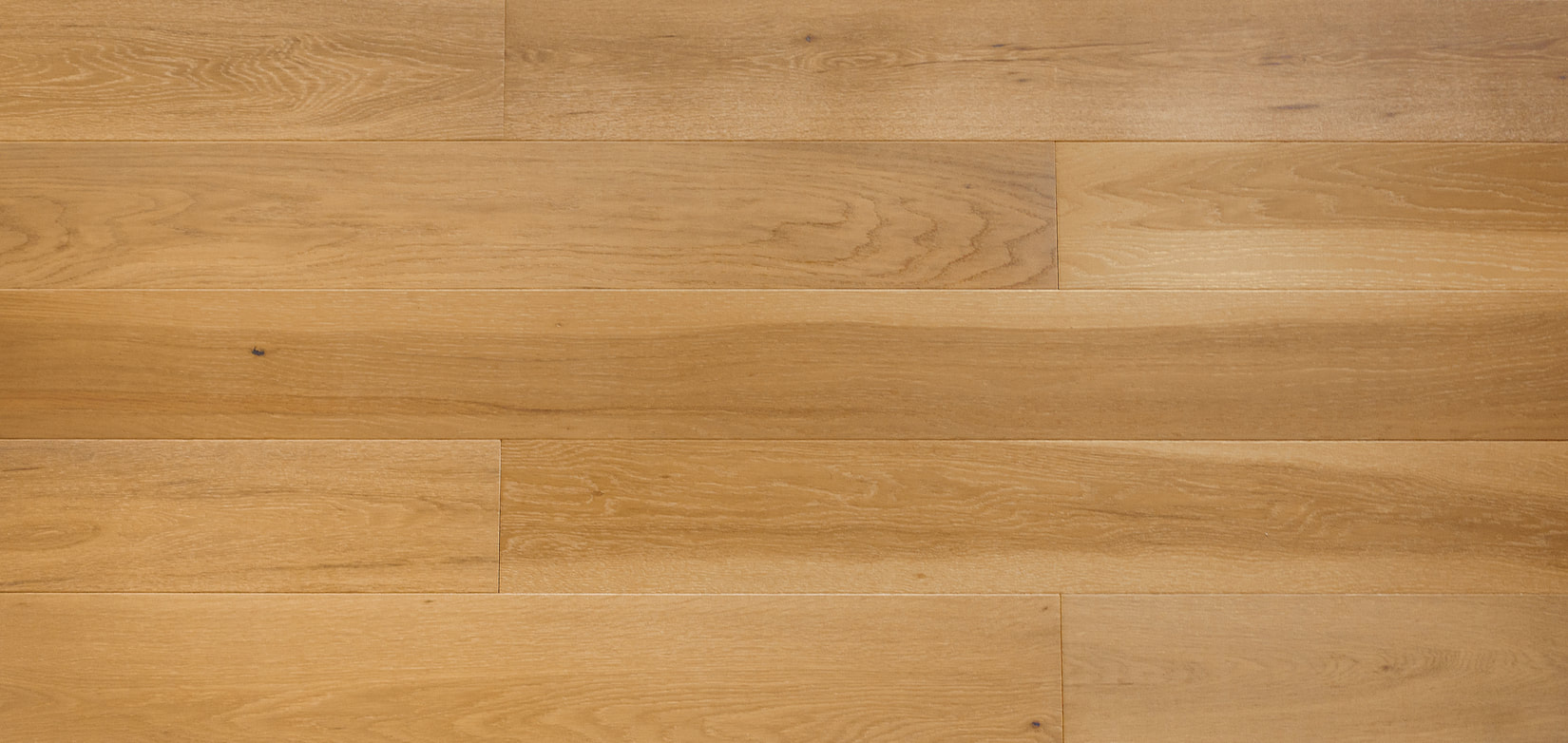
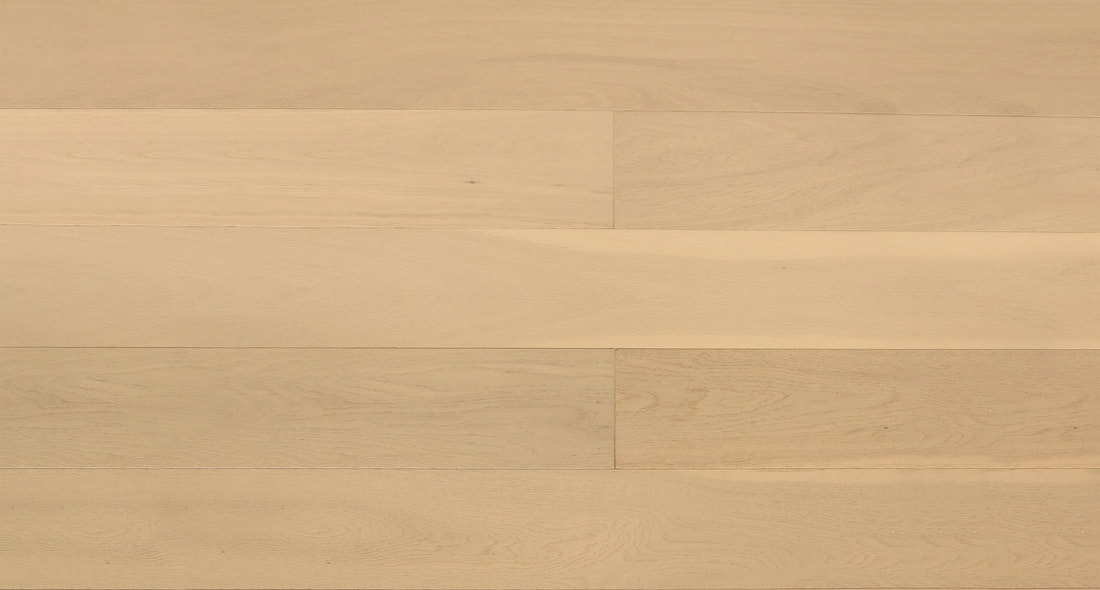
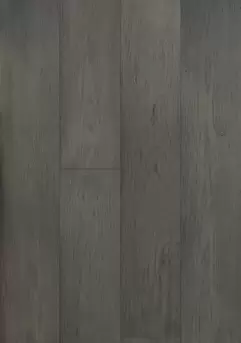
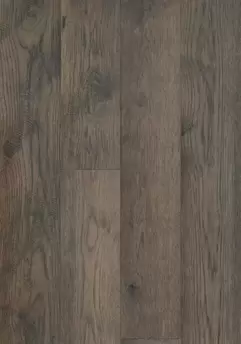
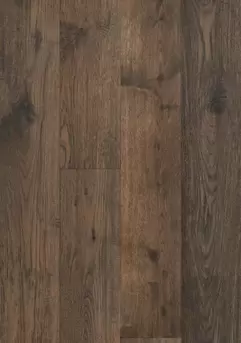

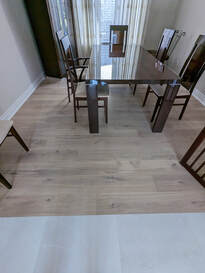
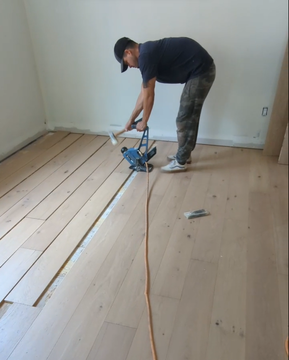
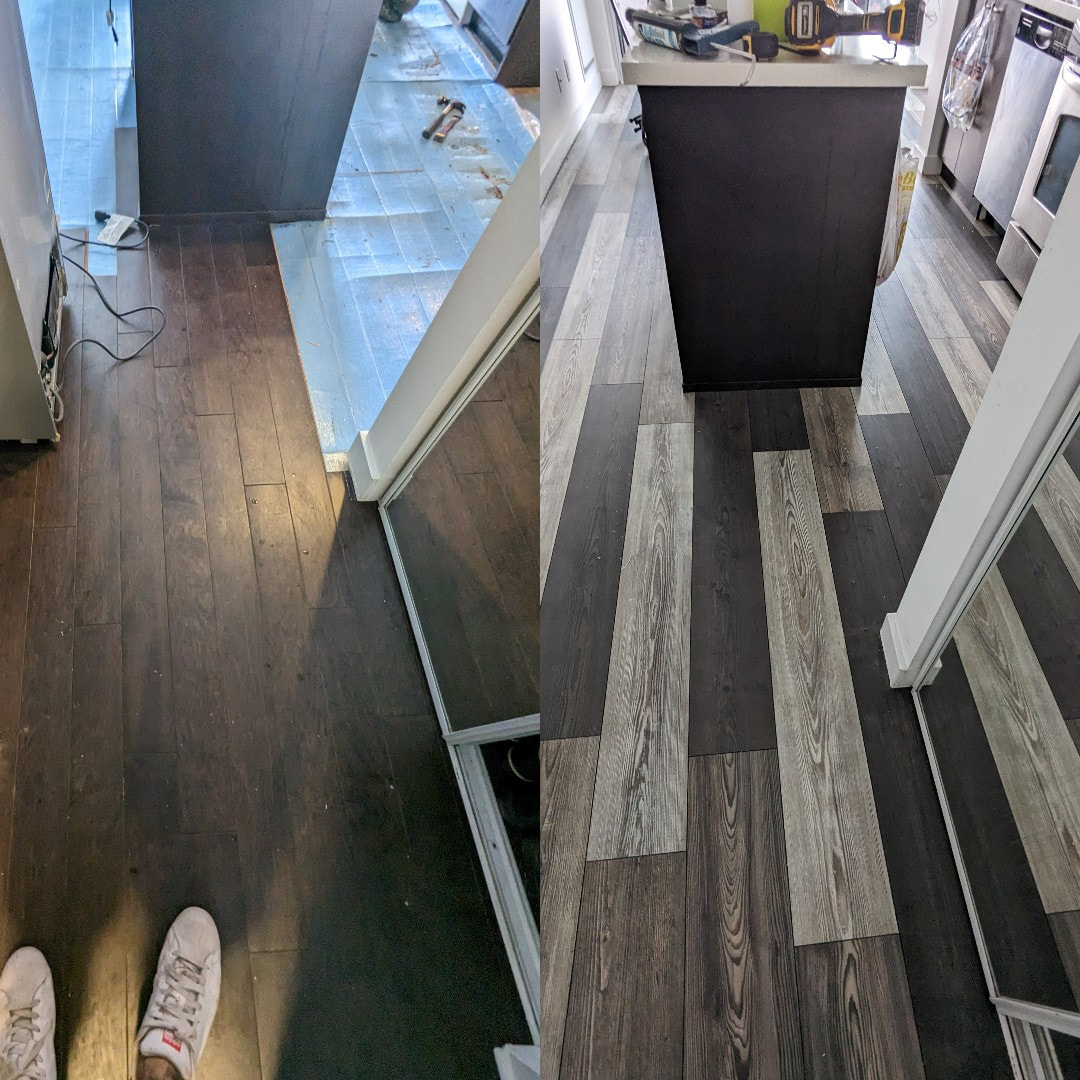
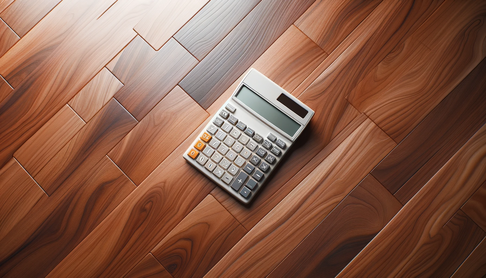
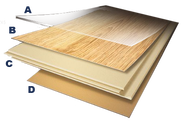
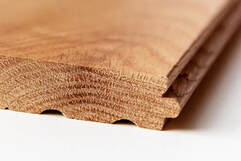

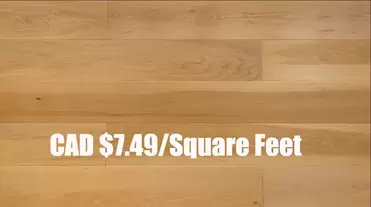
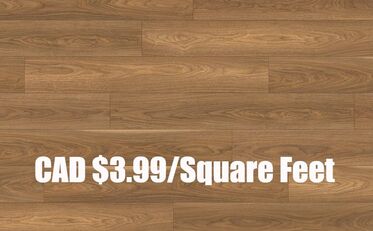



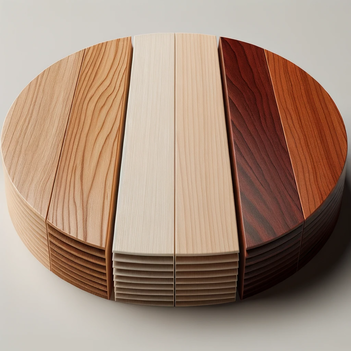


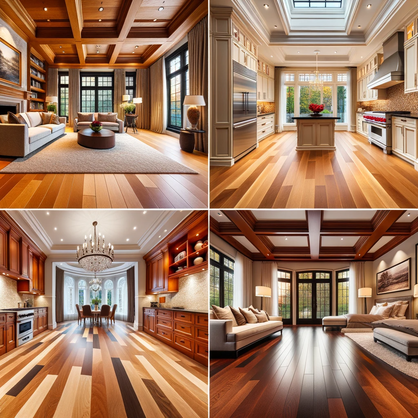

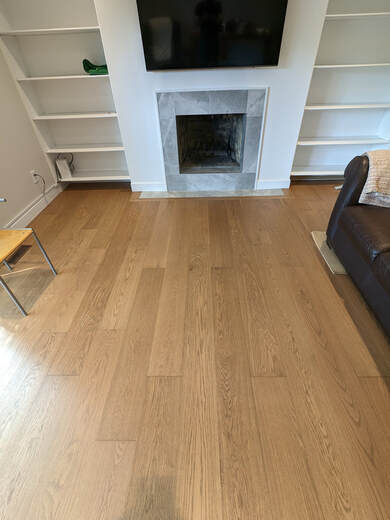
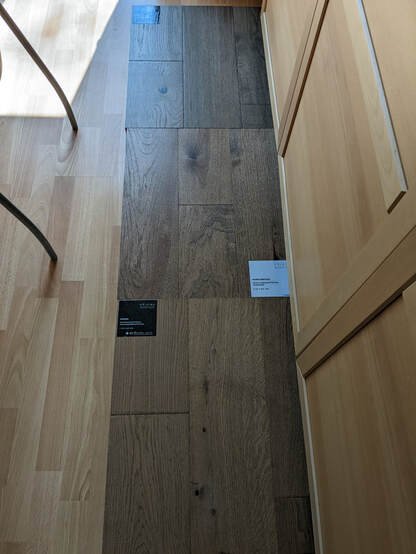
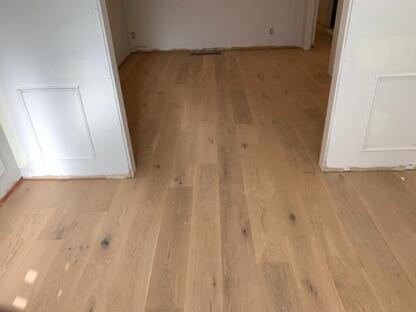
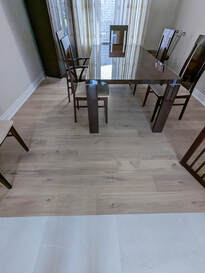
 RSS Feed
RSS Feed

